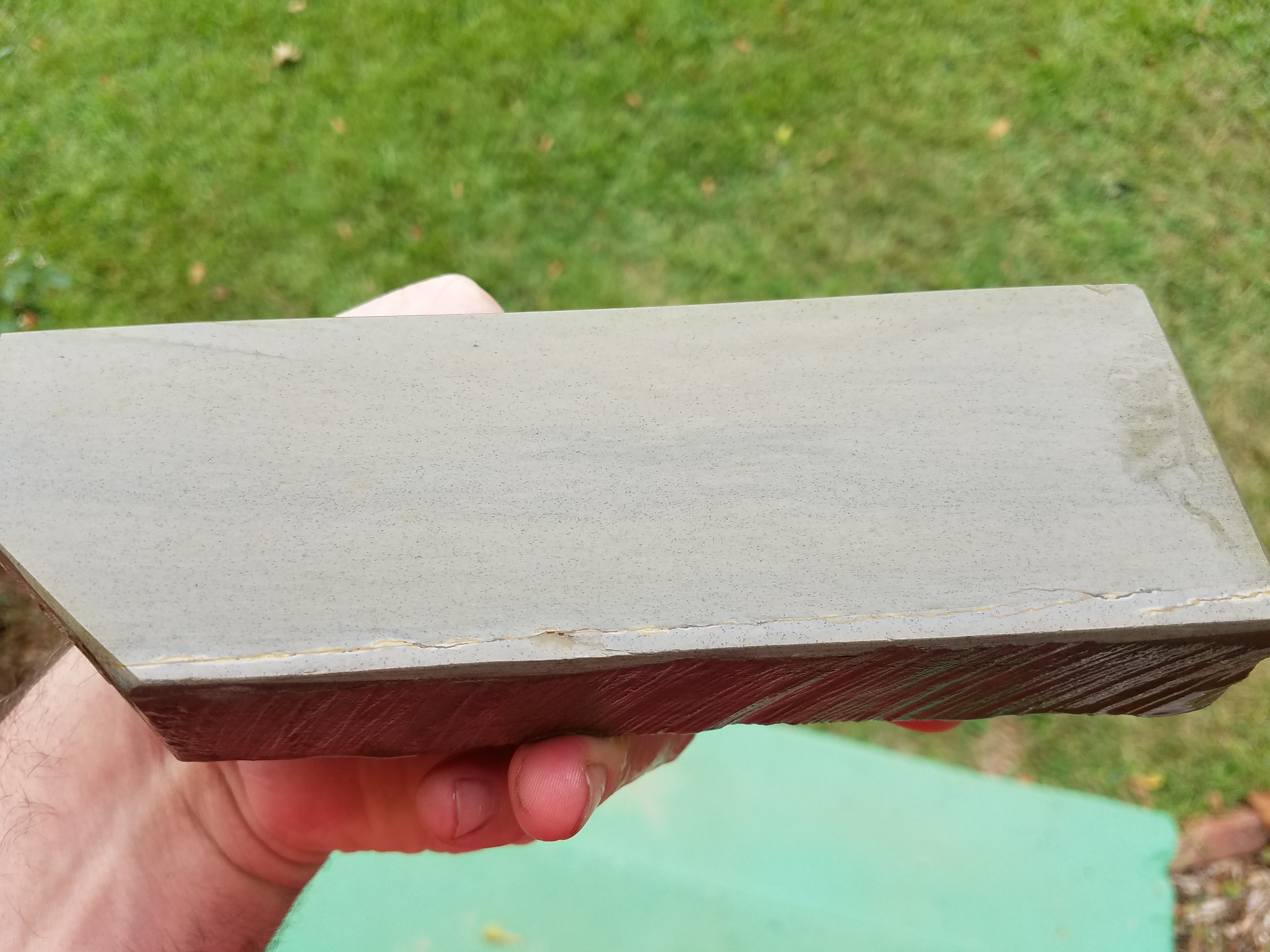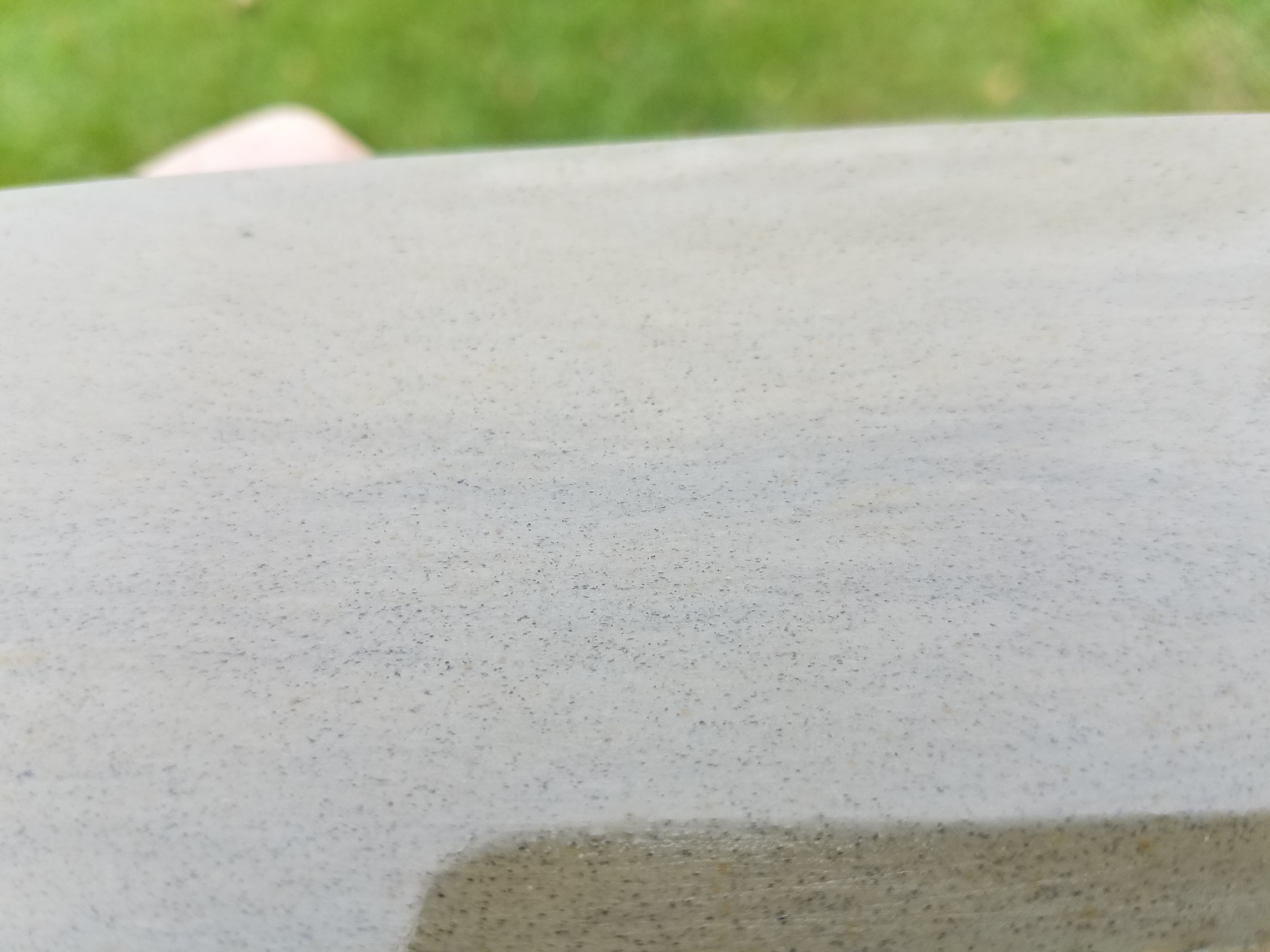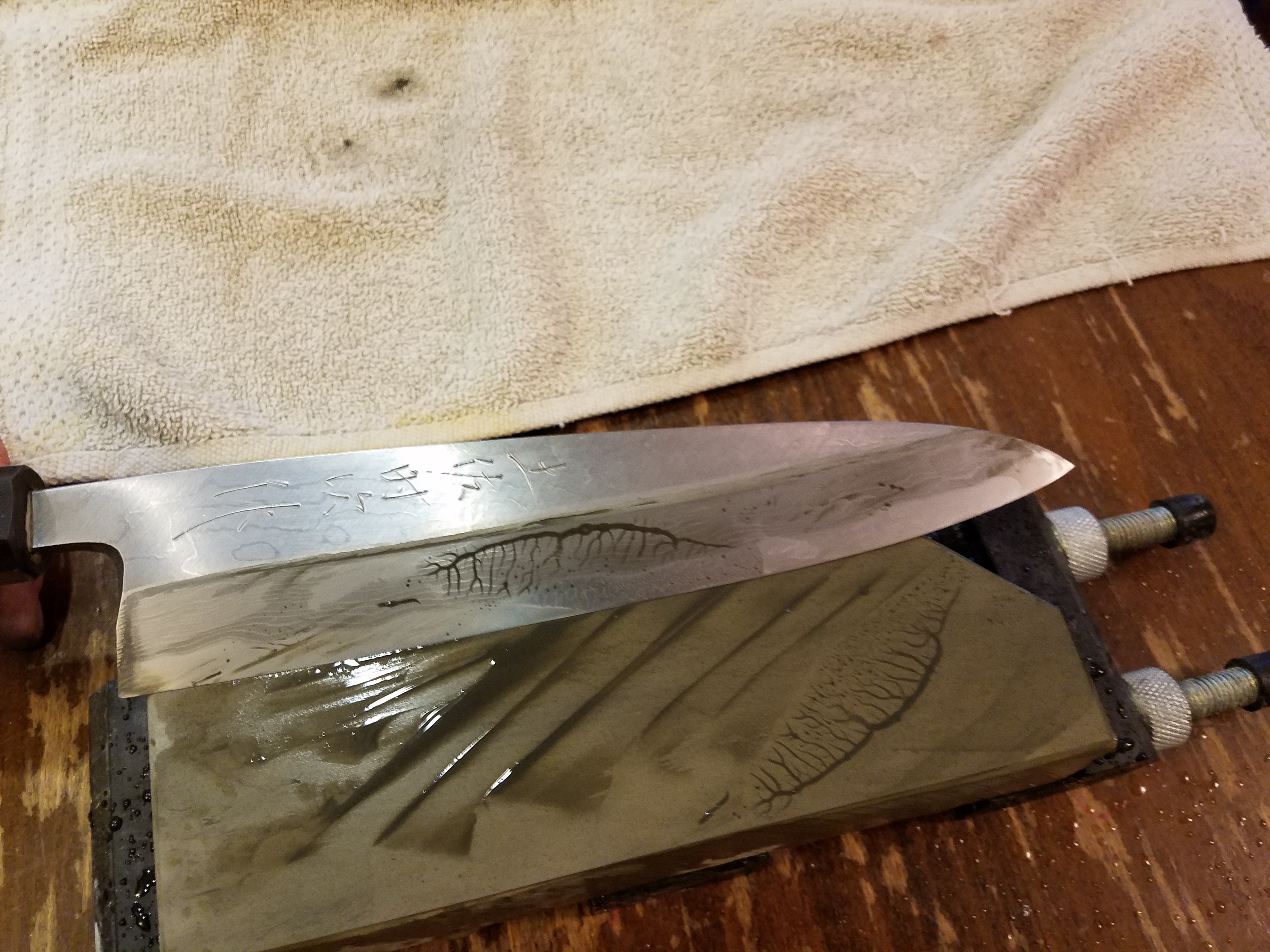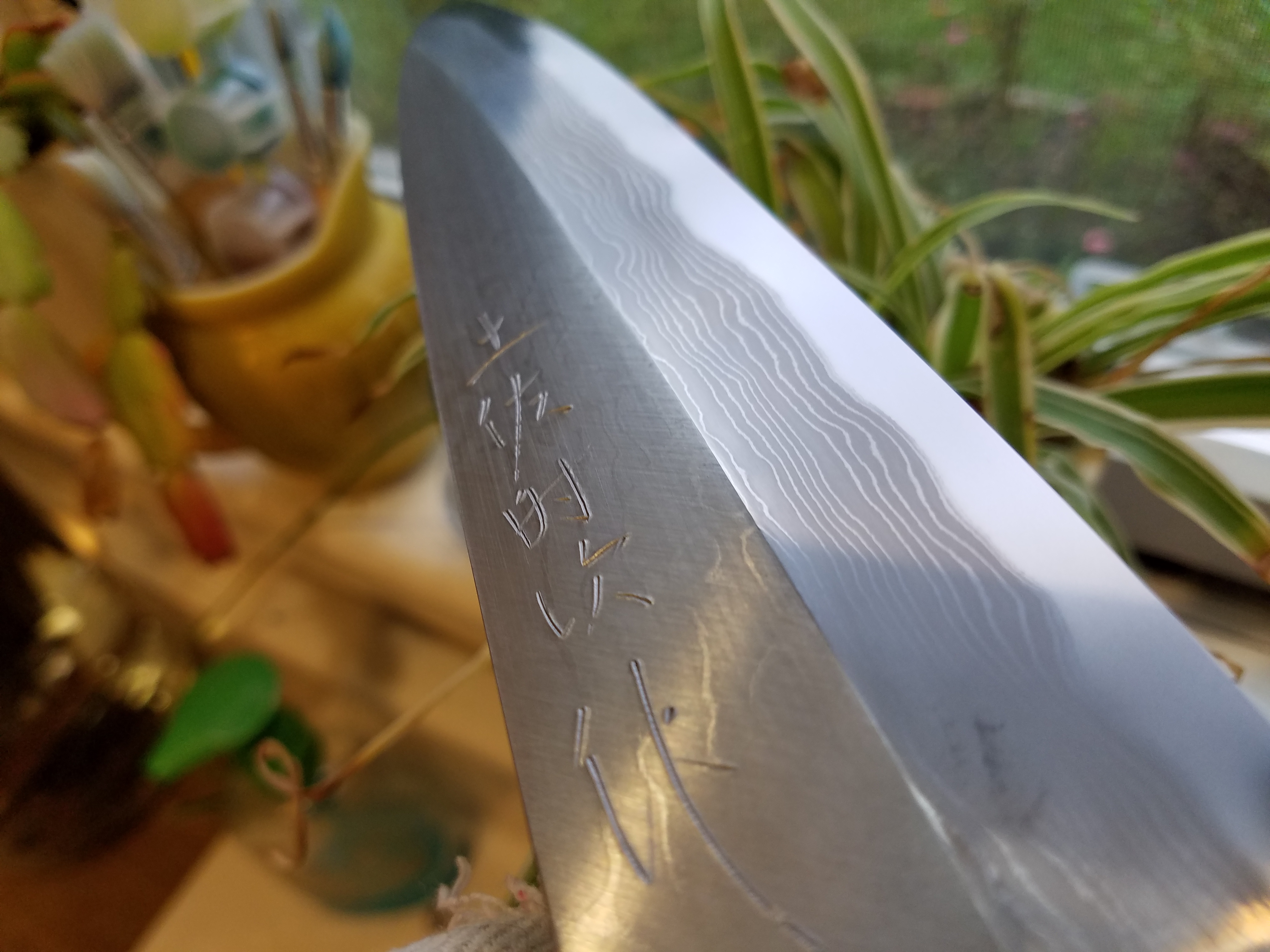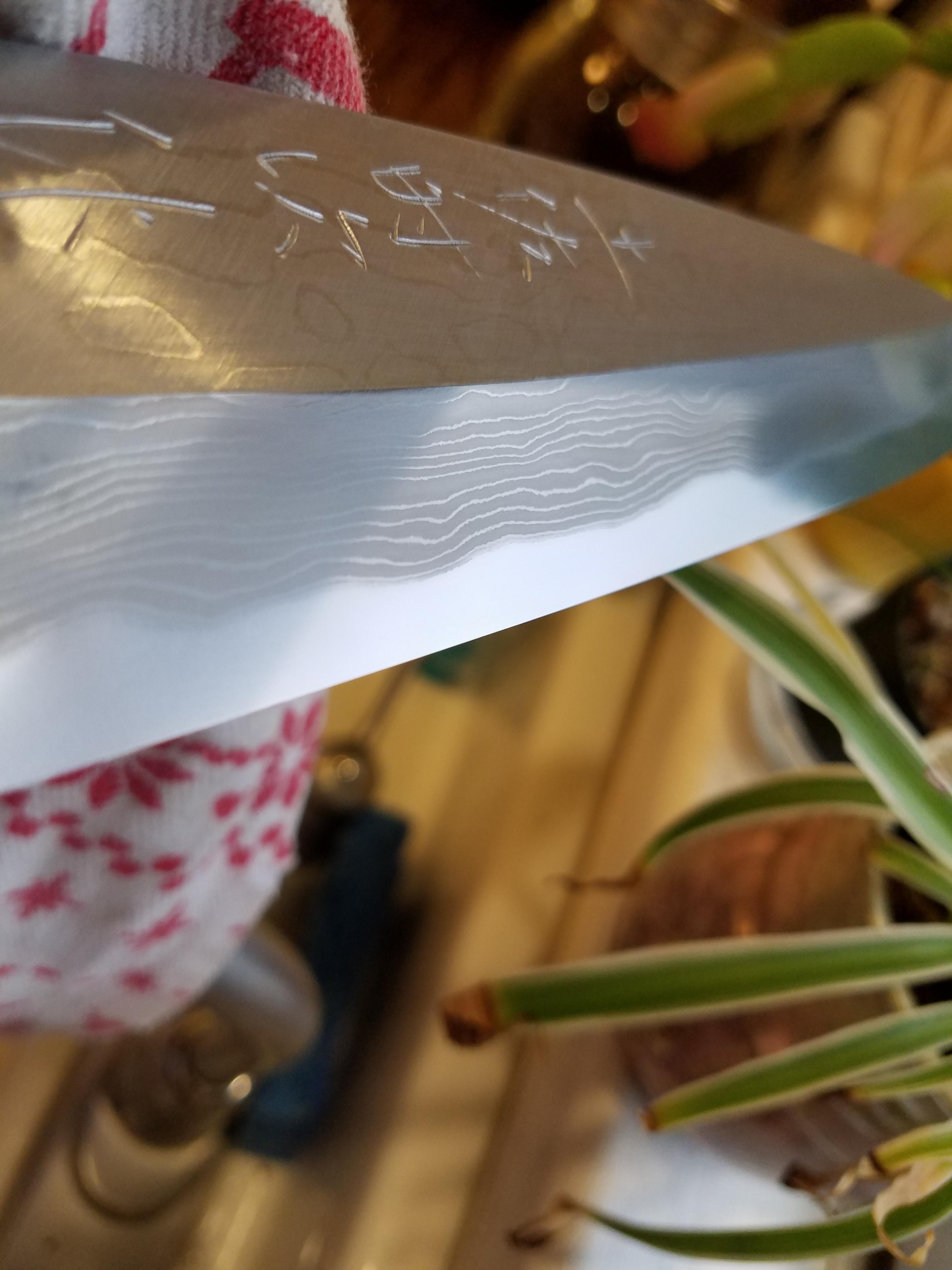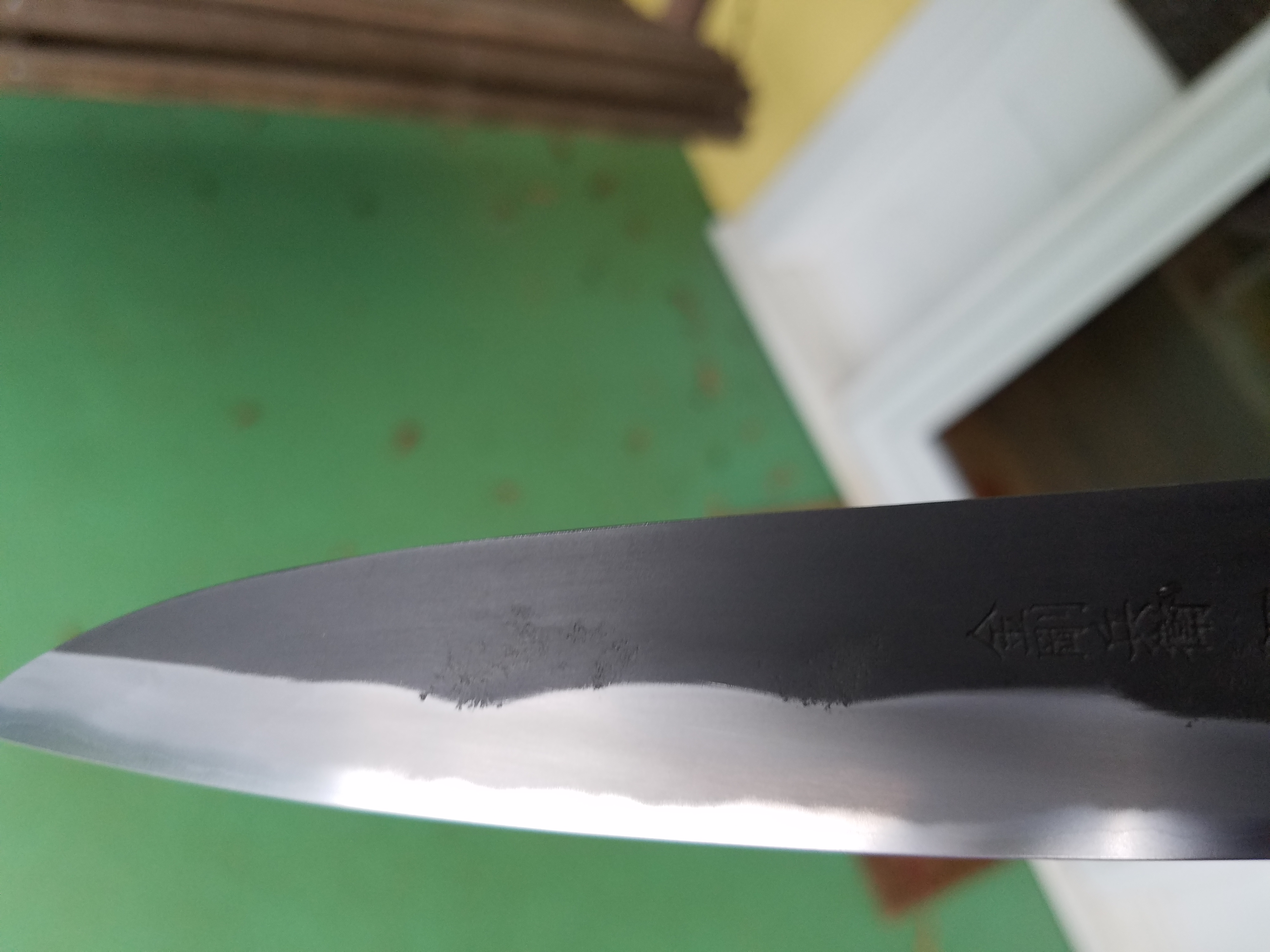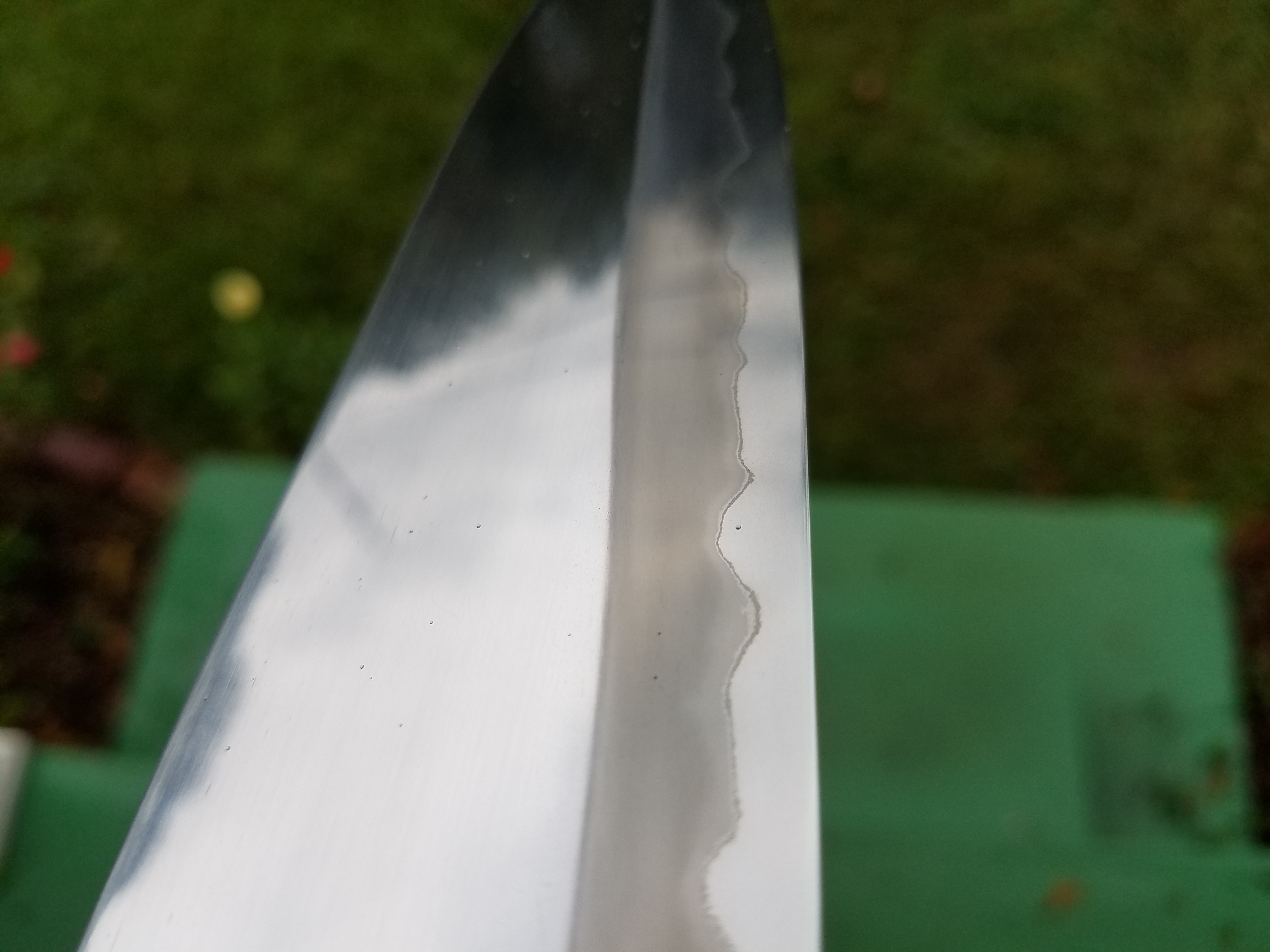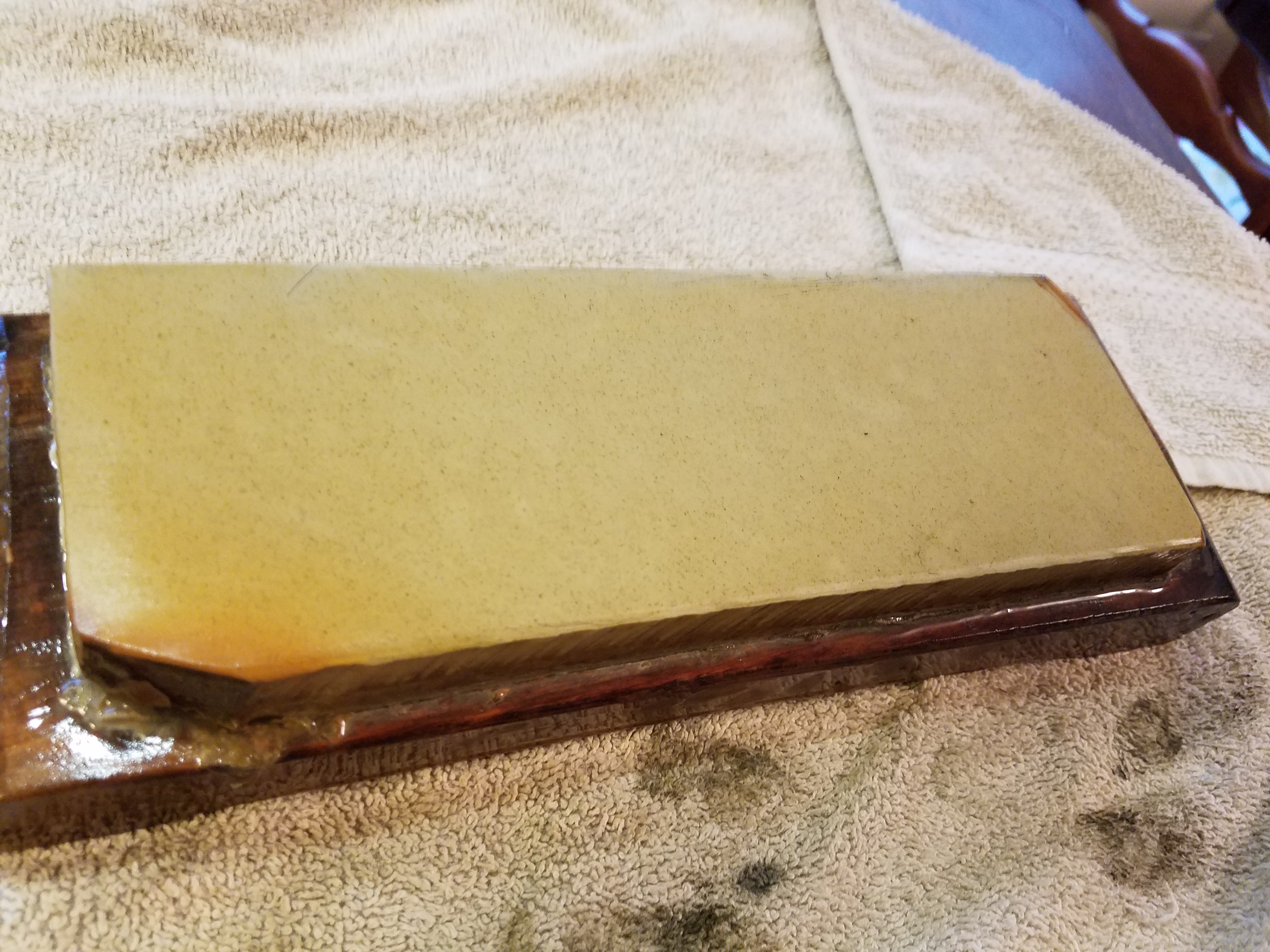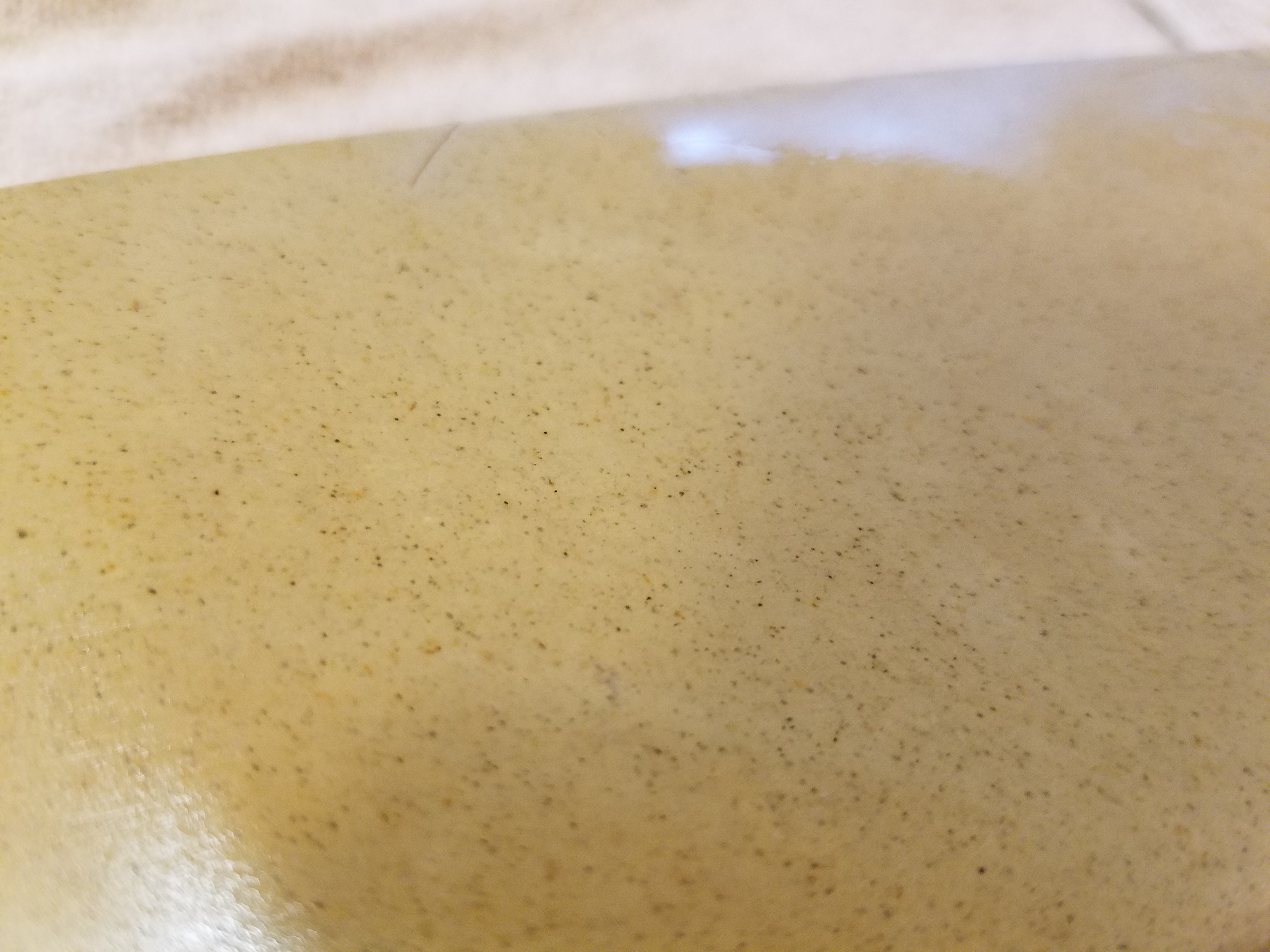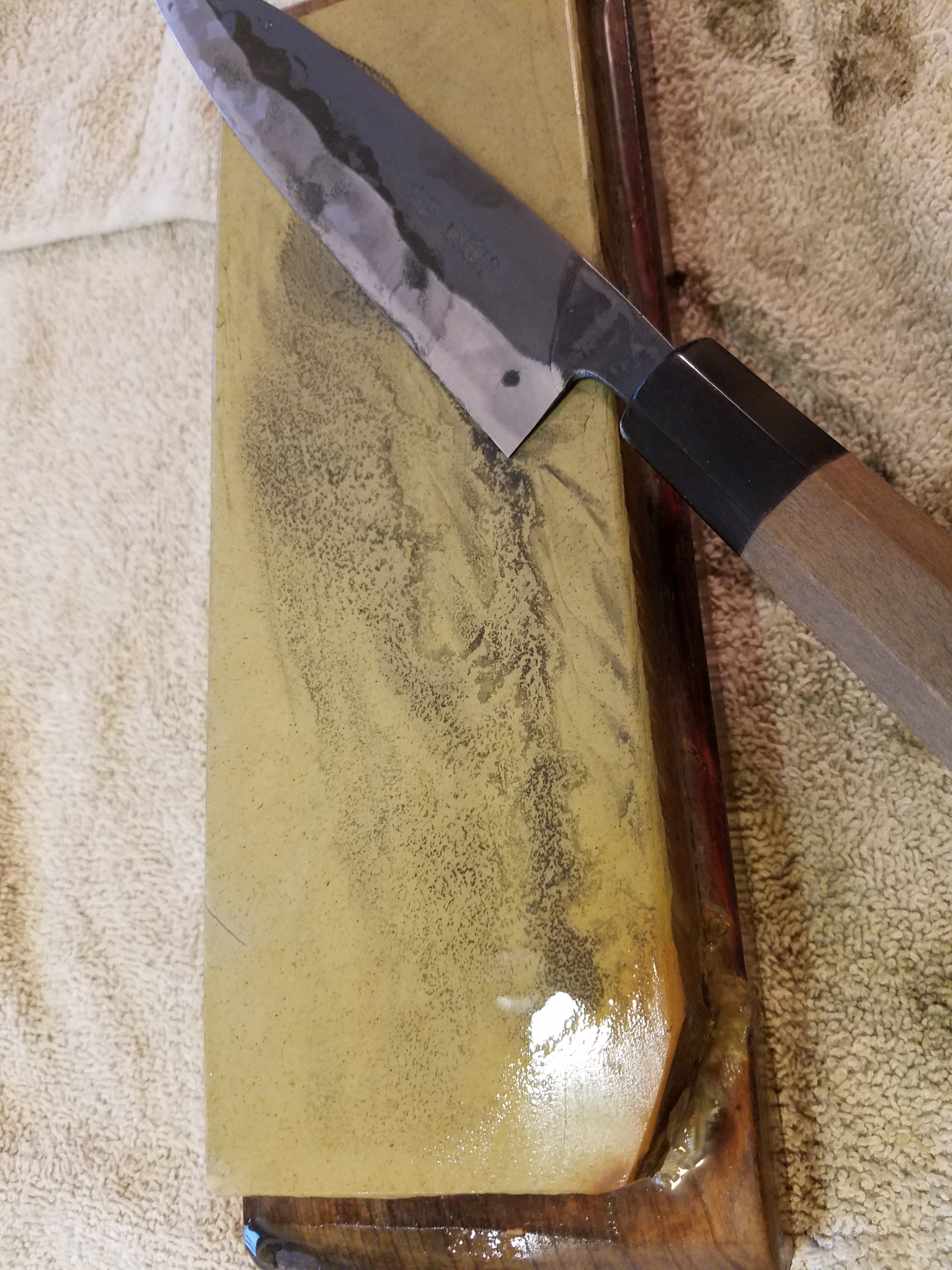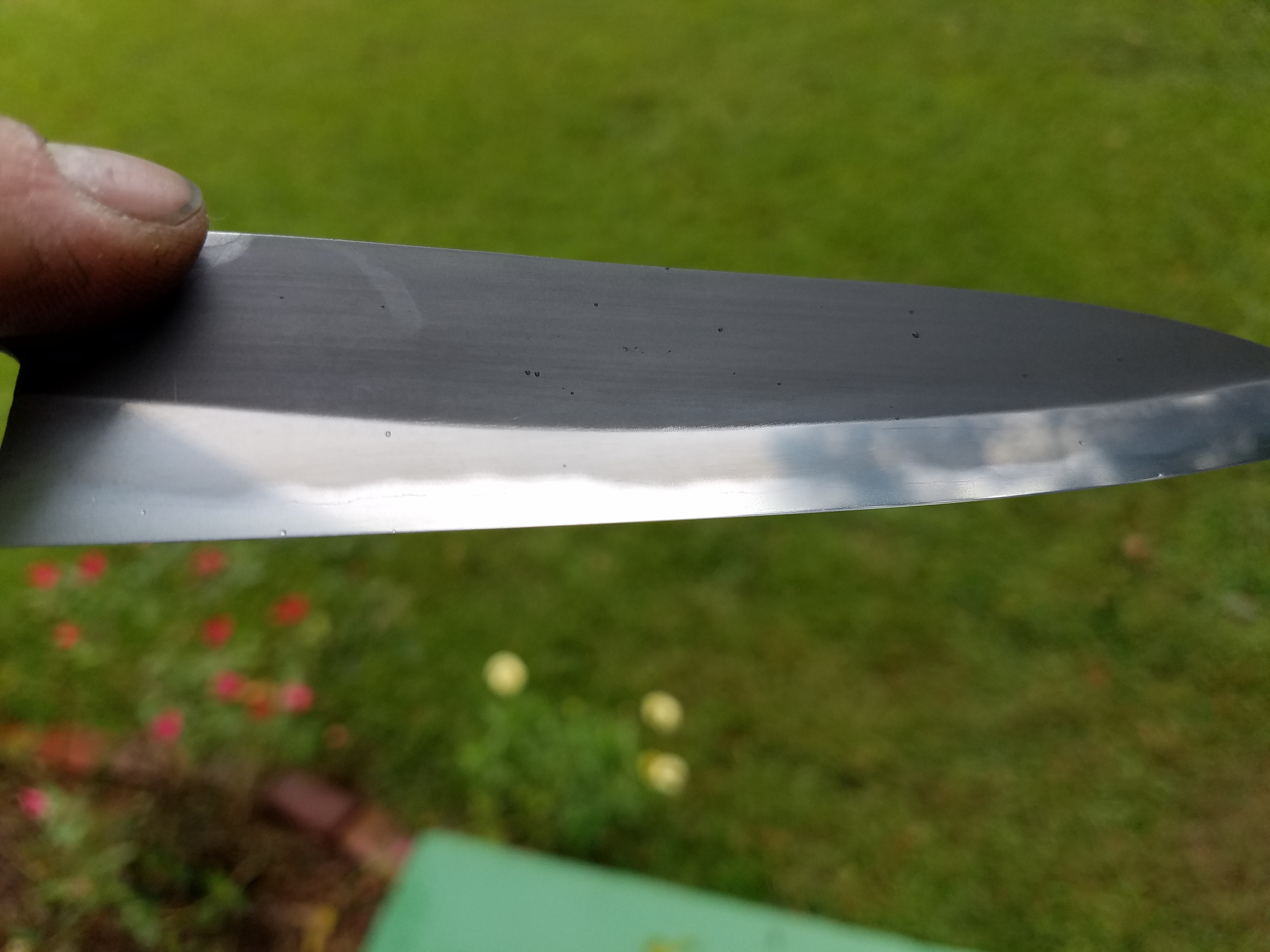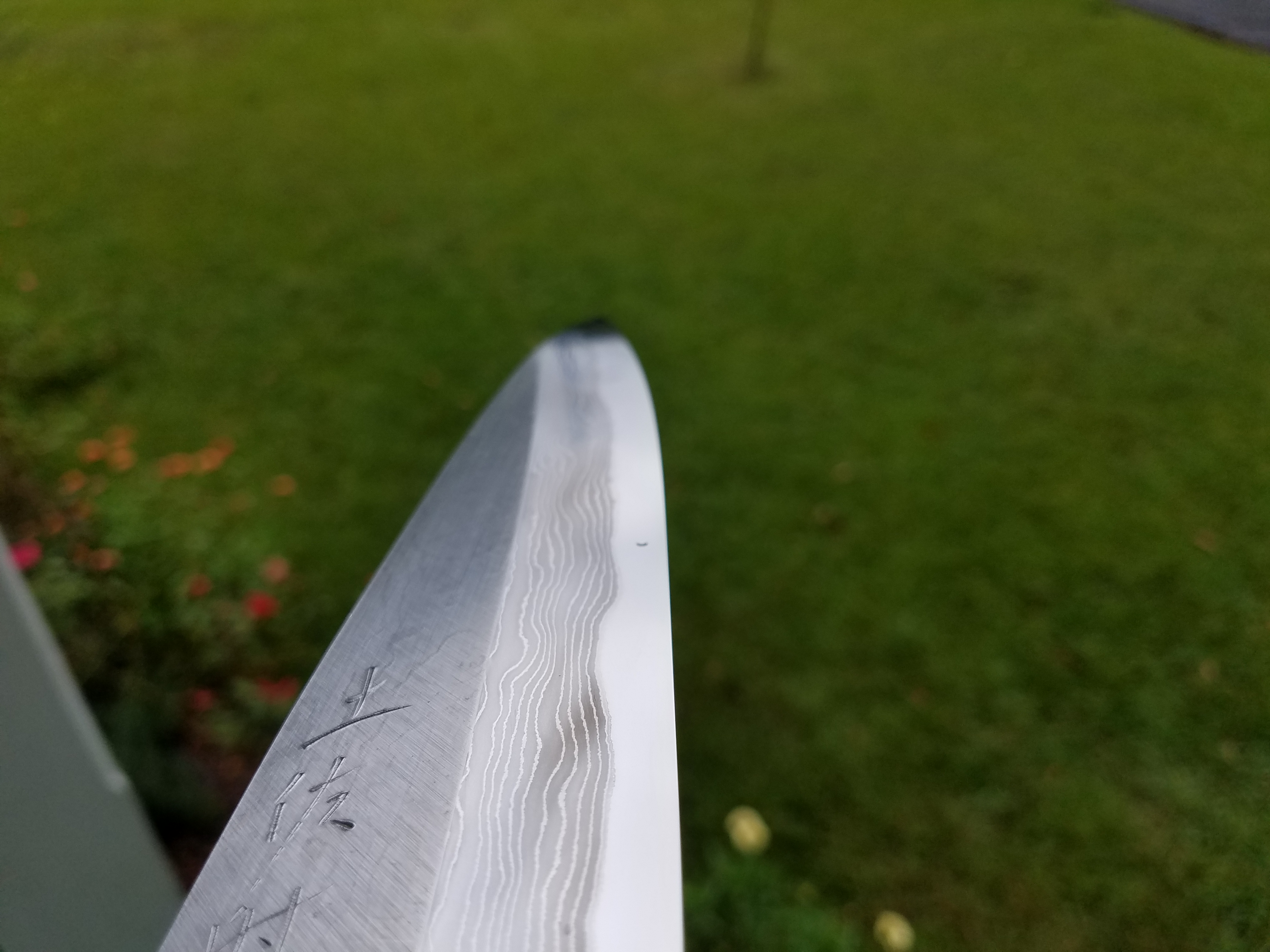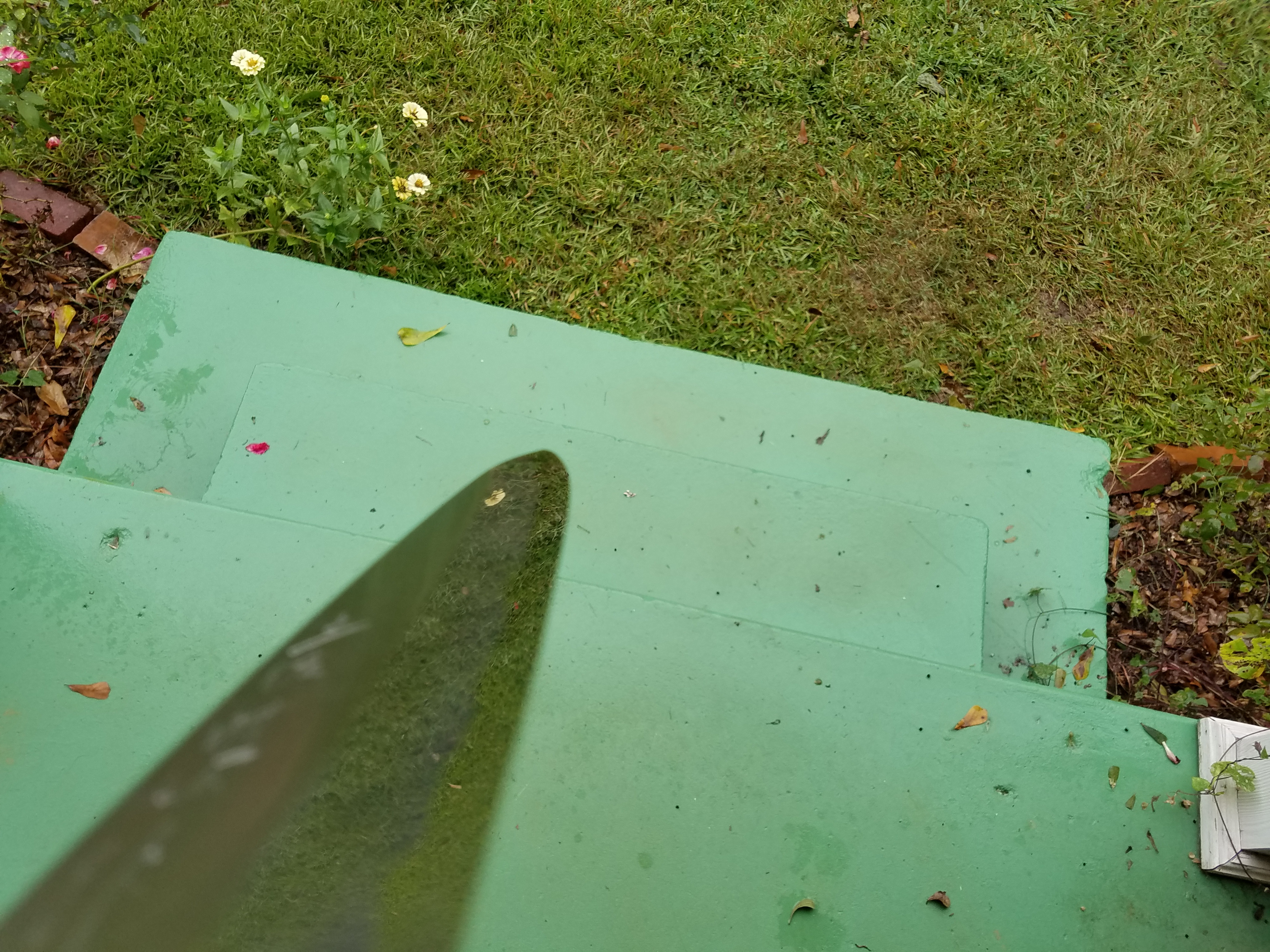OliverNuther
Well-Known Member
I'm not into J-nats and not planning to start so this question is just out of curiosity but I was gobsmacked recently when I was browsing on a vendor site and saw the price of J-nats. Some were in the thousands of dollars, the dearest one I saw was about
4000 AUD! I had no idea they were that dear. I'm not criticising the vendor or any vendor; I imagine the price is determined by the scarcity of the stone and supply and demand but what I'm curious about is what do you get for that sort of money? What does a $4000 stone give you that a different cheaper stone won't ? Do people really pay $4000 for 1 stone? I find that mind boggling.
Again definitely no criticism intended of any vendor or anyone who does spend this sort of money on stones, I'm just trying to learn a bit more about the subject so any info would be appreciated. Oh, and use small words please; I find the whole world of J-nats rather bewildering.
4000 AUD! I had no idea they were that dear. I'm not criticising the vendor or any vendor; I imagine the price is determined by the scarcity of the stone and supply and demand but what I'm curious about is what do you get for that sort of money? What does a $4000 stone give you that a different cheaper stone won't ? Do people really pay $4000 for 1 stone? I find that mind boggling.
Again definitely no criticism intended of any vendor or anyone who does spend this sort of money on stones, I'm just trying to learn a bit more about the subject so any info would be appreciated. Oh, and use small words please; I find the whole world of J-nats rather bewildering.





